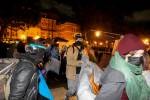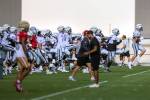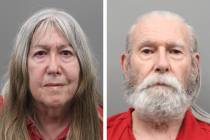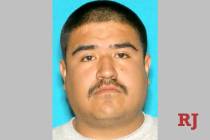Museum operators find resourceful ways to keep doors open at rural Nevada cultural outposts

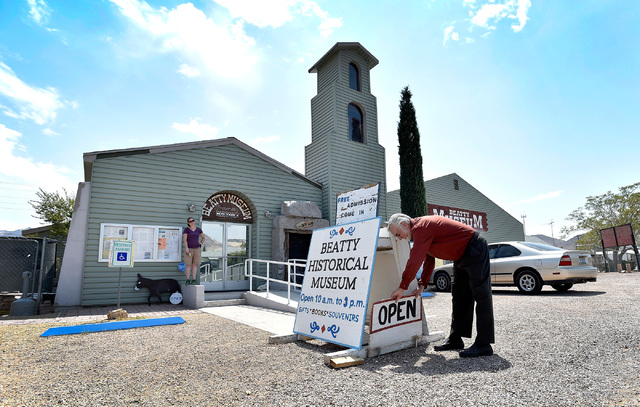

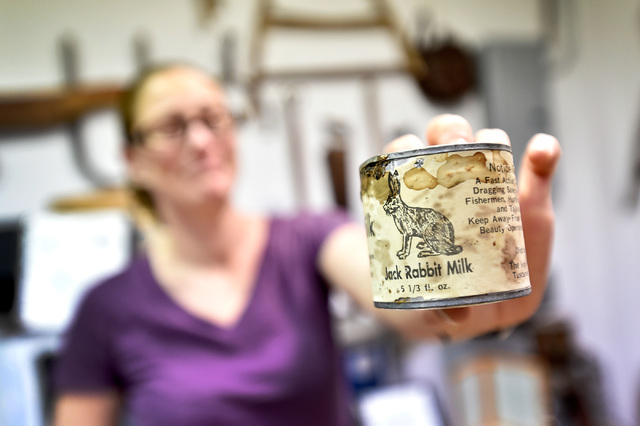
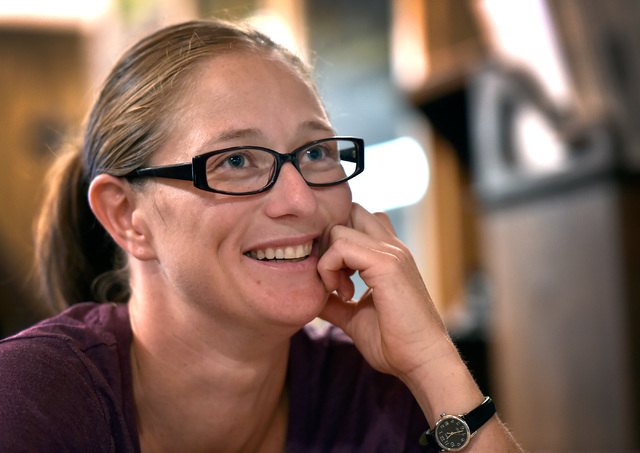
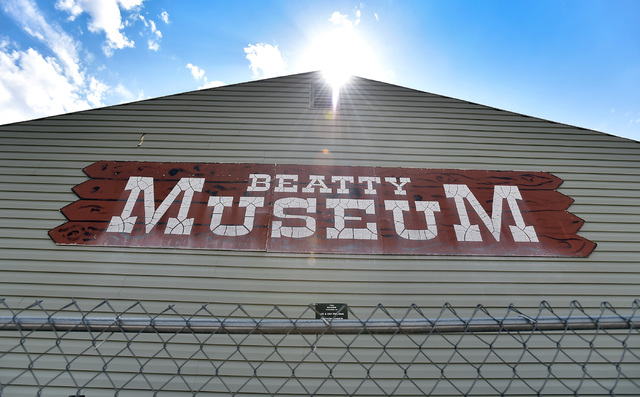


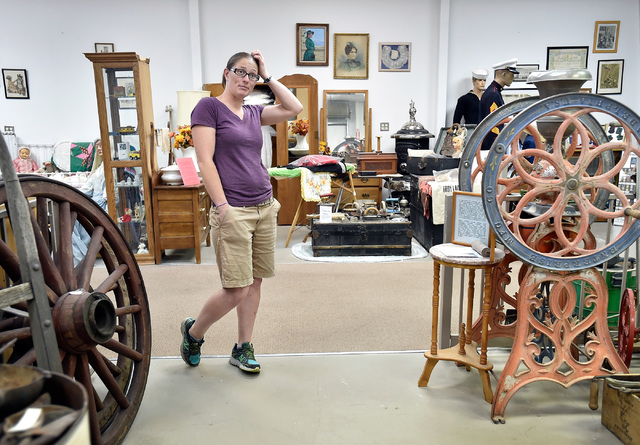

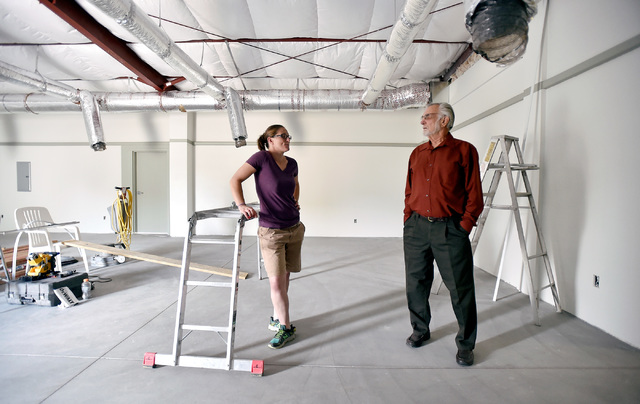
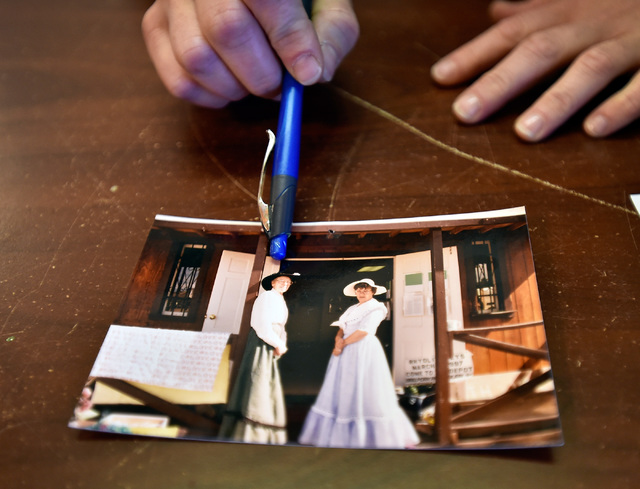
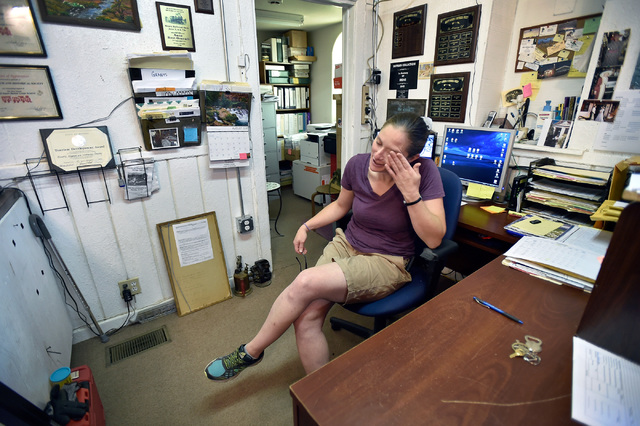
BEATTY — Amina Anderson is the hardworking manager of this former mining boomtown’s local historical museum. She’s so busy, in fact, that she can’t always answer the telephone.
As she worked on the ceiling of the new display wing in August, the phone rang way down below, her cue that an impatient outside world had once again come calling.
“When you’re alone up on a ladder holding a hammer and nails, it’s hard to get there in time,” she said. “I don’t always make it.”
Such is the challenge of running a cash-strapped private museum where projects large and small are most often accomplished by the locals themselves — with volunteer time, know-how and in many cases even funding.
Across rural Nevada are tiny art, history and cultural outposts in sparsely populated areas whose survival depends on their ability to devise new and better ways to raise money. With county funds perpetually in jeopardy and national grants hit-and-miss, members of museum boards like the one in Beatty know that the only people they can really count on are museum visitors — from within the community and out of town alike.
In nearby Goldfield, for example, residents are taking donations to help establish a nonprofit museum in the town’s long-abandoned high school. And in Winnemucca, the locally run Humboldt Museum used gift store receipts as well as public and private funding to create a mobile platform for its popular self-guided walking tours of the downtown area.
“You have to think outside the box every single day,” said Dana Toth, Humboldt’s executive director. “You can’t be complacent because things are always changing.”
At 33, Anderson knows how to rally her community to get any job done.
Her schooling began in 2010 when she took over as manager of the museum, located in a converted Catholic church in this isolated town 120 miles north of Las Vegas.
It quickly became clear that she needed more space.
“There was no more room for new displays,” Anderson said. “We had stuff stored behind stuff, stuff stored on top of stuff.”
She told the museum board that building a new wing would require an extraordinary think-on-our-feet effort. While the museum’s operating costs were largely covered by a local motel room tax, Nye County was enduring a cash shortage and could not be counted on for funding.
That left locals and outside history buffs who had fallen in love with the little museum.
To solicit help, Anderson used both new and old methods. She scoured the internet for public and private grants as well as family endowments. She also posted notices on the museum’s Facebook site and hung fliers at the post office.
And people responded. A local quarry owner donated truckloads of dirt to help level the once-hilly construction ground.
Eventually, in a stroke of luck, Anderson learned that the University of Nevada, Reno had purchased a prefabricated 1,200-square-foot building it later found was too small for its purposes. The Beatty museum project bought it for a steal and had the dismantled structure delivered by truck.
One Saturday last June, after Anderson and scores of locals showed up at the site to do what they could, the water department donated a forklift that the fire chief delivered atop one of his trucks.
“It was like an old-fashioned barn-raising,” recalled Anderson, dressed in sneakers, a purple T-shirt and cargo shorts. “With a little community museum like ours, that’s exactly how you do it.”
That was just the beginning.
FINDING FUNDING
That museum telephone? Anderson used it a lot.
“I’d call the fire department and say, ‘Hey, guys, I need some help with framing or drywall,’ and they’d come,” she said.
She also harnessed the labors of community service workers and reached out to traditional funding sources. The town advisory board paid for the cost of electricity and split charges with the museum for a mammoth air-conditioning unit. Valley Electric, the local energy cooperative, connected the building to its lines free of charge.
Family precedent guides Anderson’s insight and drive. Twenty years before, her grandmother, Claudia Reidhead had co-founded Beatty’s original history museum inside a cottage on her property. The facility later moved to another building in town and finally to the old church. During lean times, Reidhead paid the museum’s electricity bill, later with the help of the town board.
To raise money, local women sponsored town festivals where they held white elephant sales and auctioned off handmade crafts such as crocheted doilies and pot warmers. One year, they threw a fashion show in the local community center, attracting young men around town by advertising a swimsuit contest.
The suits, as it turned out, were vintage 1890s swimwear, worn by young models covered from head to toe. While no doubt disappointed, the young men all donated anyway.
“My grandmother knew this about her town: History vanishes; it just disappears,” Anderson said. “She knew that all the items used to settle this area are so easily lost, along with the old stories that make it all interesting. So they had to be collected.”
Her source of success, Reidhead told her granddaughter, was BST — “blood, sweat and tears.”
Dennis McBride, director of the Nevada State Museum, knows how hard it is to keep a small private institution afloat: He’s seen some efforts flourish and others fail.
While working at the Boulder City Musuem, McBride recalled, a woman asked his advice on how to start a small history museum in nearby Searchlight.
“They were having problems raising money,” he said. “In the end, they became a satellite of the Clark County Museum, establishing themselves with a more stable institution. It gave them the freedom of regular funding they knew was not going to go away.”
But not all small facilities can pull off such a feat.
When Toth wanted to raise money to create a mobile online system to update the self-guided tours of downtown Winnemucca’s historic buildings, she knew that government handouts would not pay for the $2,200 system and $300 monthly maintenance.
Her solution: She went to the local visitor’s authority, added a few grants and private donations and topped it all off with proceeds from the Humboldt Museum gift shop.
Now Winnemucca’s downtown walking tour has replaced the old paper pamphlets with a state-of-the-art cyber-guide.
“We want to keep things fresh and new,” Toth said. “But finding the funds to accomplish that is usually the hard part.”
RESOURCEFUL RESIDENTS
In Beatty, residents recently unveiled the new museum space they built themselves. Anderson said community involvement slashed the $85,000 construction cost in half.
And the volunteering goes on. Veteran Beatty resident Jim Weeks, who at age 74 resembles Milburn Stone, who played “Doc” in the old “Gunsmoke” television show, used his own time to create a computer program detailing the folks who are buried in the town cemetery and where.
Meanwhile, Anderson and her crew of volunteers keep their sense of humor. She shows a visitor a 100-year-old can of “jackrabbit’s milk,” its label advertising a “fast-action diet for lagging dragging salesmen, truck drivers, fishermen, hunters, miners, ranchers and talkative females. Keep away from stenos, office girls, beauty operators and waitresses.”
Anderson smirked and said, “I’m not sure I’d buy this.”
Later, she gestures toward a mannequin dressed up as one of the region’s early miners.
“He’s not much of a conversationalist,” she quipped, “but he’s a great listener.”
And so Beatty’s tiny labor of love presses on. Sometimes, no one walks through the door. Other days, a busload of tourists might show up. Through it all, Anderson carries on her grandmother’s vision.
“I’m working on it,” she said. “They’re big shoes to fill.”



